Purim
Coming up this Sunday, and for some on Monday, is one of the important Jewish Holidays, Purim. Not a full fledged chag, as I wrote in my previous post, not a Yom Tov, but Purim is one of the major-league minor-holidays.
Searching for Jewish Beliefs? Click Here for my main article on Jewish Beliefs.
Seudas Purim
A couple of days ago I wrote a post about bitul, where I jotted down some inspiration that I received on Shabbos. Turns out it was additional food for further thought, and accordingly I jot down again what came to mind.
We see in Hilchos Purim specific stringencies regarding Seudas Purim, the festive meal. For example, the gemora says in Bava Metzia that money which is collected for Seudas Purim can’t be used for anything else. Tosfos points out there that even though in Hilchos Tzeduka, in certain circumstances one may borrow the Tzeduka money for other purposes, or the gabai may change it to other needs, still Seudas Purim is different, more stringent.
Additionally, there on that gemora, the Nimukay Yosef writes that the whole din of Kol HaPoshait Yad on Purim comes from this that Purim is a day of Mishteh VeSimchah, that everyone should have what he needs for the Purim Seudah. (*)
Purim: Hidden Miracle
What makes Purim different than all of the other Jewish Holidays?
One of the points that is brought down is that Purim was a miracle “within nature”. As opposed to the Yomim Tovim when the Creator is revealed as the One who is above all of nature, on Purim He is revealed to us as the One that guides nature from within.
The miracle on Purim was a hidden miracle. The whole development of history then, how the whole story fitted perfectly together so that there was no doubt that what they were seeing was the hand of G-d, so to speak.
It is on Purim that it becomes revealed to us that G-d is the soul, so to speak, of all that there is, of all Creation, kiviyochal, or, more exact, that everything that there is, is just a clothing on G-d Himself, kiviyochal, sort of. One has to be careful how he speaks and not apply any worldly attributes to G-d Himself. In the same sense that a person who wears a glove, even though you don’t see the hand, the hand is hidden in the glove, still when you have an interaction with the glove, for example the glove hands something to you, or the glove strikes you, you don’t relate to the glove, you relate to the hand that is in the glove, so too on Purim we come face to face with the hand that is in the glove, the glove of history, the glove of nature, of science, of finance, of technology, of everything that there is. This is the specialness of Purim.
As I wrote in the above mentioned post about bitul, it is possible for a person to become a vehicle via whom G-dliness shines out into the world. But that the more a person makes of himself a yaish, a zach, that much it interferes and he is not able to be a Merkava for G-dly attributes.
It is on such a day like Purim that we have a Mitzvah of Mishteh VeSimchah, a situation more conducive to internalizing and integrating the above lesson. And I can very well understand those who take literally what it says in Shulchan Aruch that one should drink “ad d’lo yada”, until …
They talk about Bitul HaDaas. It is very hard to make out of yourself a nothing, to free yourself from the shackles of the basic ga’ava which is natural, so to speak. Indeed this is a central theme of the Chassidic way of life, to work on internalizing and integrating that we are the ax, not the woodchopper, the car and not the driver with his two hands on the wheel. And this is a lifetime job, not a lesson which is achievable in a day. So I drink, and then I drink more, and more, and more, until I really don’t know the difference between Arur Haman and Boruch Mordechai. I’m a nothing. This is the introduction, now I am ready to learn Torah Lishmah, now I’m ready to be an ovaid Hashem, and not an ovaid of myself.
Introduction for Pesach
And this is the introduction to Pesach. See the long Ramban at the end of Parshas Bo, that from the open miracles you can learn regarding the hidden miracles, and that a person doesn’t have any connection with Torah until he realizes that there is no such thing as nature, etc. see there.
Practically speaking, different communities and different Rabbinic authorities have different approaches regarding the meaning and the practical application of “ad d’lo yada”, and every one should take guidance from his own authority. My point is to say that those that take it literally can fit in very nicely with an important theme of the day.
(*) My chavrusa opened my eyes that I mis-learned the Nimukay Yosef, that it is not a din in Seudah, it is a din in Simcha, a separate din from the first, migvas Purim. So we saw also in other Rishonim, although I am writing from home now, without the sefarim in front of me. So writes the Ritvah and the Ramban. Also we wanted to say that perhaps that is the pshat in the well known Rambam that one should spend more for Matanos LaEvyonim than for his Seudah and the other Mitzvos, because there is no greater Simcha etc etc., and that to bring happiness to these poor people is similar to the Shechina etc. Where did the Rambam take this from, he’s coming to tell which Mitzvos are bigger then the others? But if the Rambam learns that all these Mitzvos, Matanos LaEvyonim, migvas Purim (if it’s not the same thing), etc. are a din in Simcha, than it reads easier. Simcha you want to do? Then know that there is no greater Simcha than bringing happiness to the poor people and orphans and widows and garim, similar to the Hanhaga of the Shechina HaKedosha.
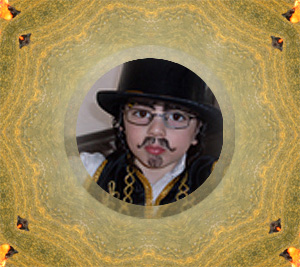
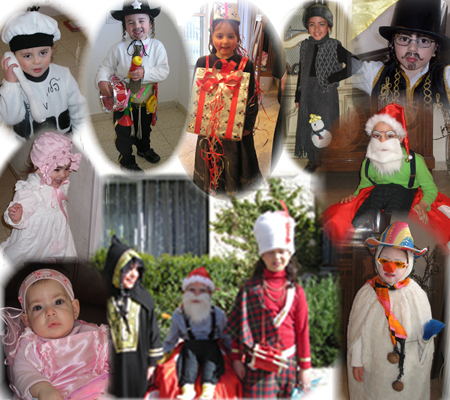


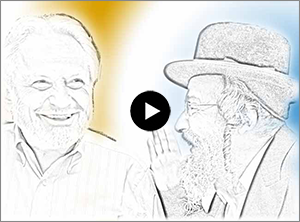
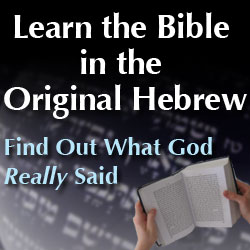
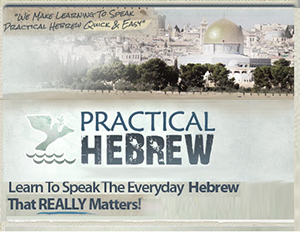
Leave A Response